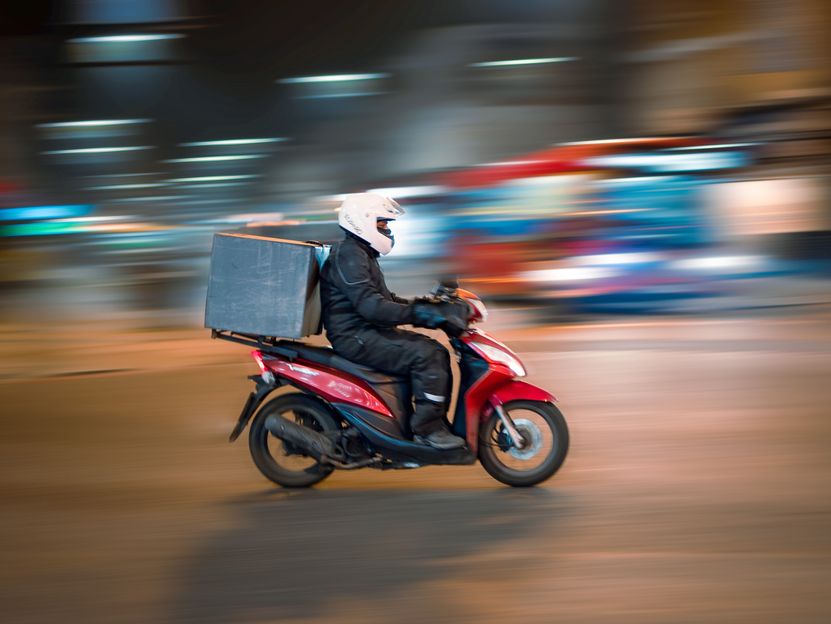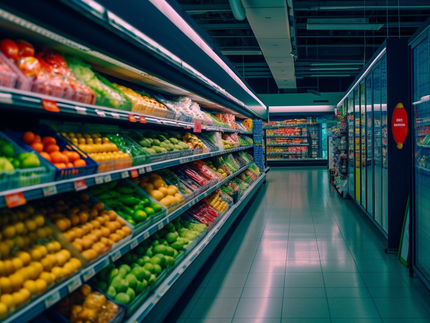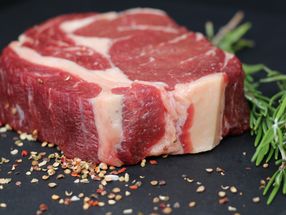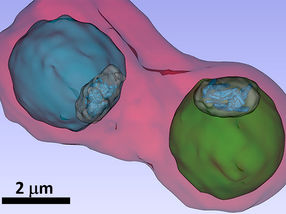Expand Quick Commerce purchases in Germany, the United Kingdom, and France
Quick Commerce promises deliveries within 30 minutes of online order
Consumer interest in speedy delivery of everyday products via quick commerce services is very high, even in the current tense economic situation. In particular, purchases in the categories of pharmaceuticals, food or drugstore items are gaining in volume. These are the findings of the study "Quick commerce - a lasting revolution? How omnichannel retailers are rising to the challenges of q-commerce" by Roland Berger, for which over 6,000 consumers from Germany, the UK and France were surveyed. The publication provides insights into how Quick Commerce will have a lasting impact on retail.

Photo by Rowan Freeman on Unsplash
"It is tempting to see Quick Commerce as just another increase in service levels - a natural progression to even faster delivery times. However, it is an entirely new channel, with its own unique business model. As such, it primarily targets spontaneous, time-sensitive or emotional purchases," says Thorsten de Boer, Partner at Roland Berger. "Quick Commerce focuses on fast-moving consumer goods with high margins. This form of shopping will not replace traditional online retail, but complement and even boost it."
Quick Commerce is creating demand that has not been met before
Quick Commerce is advancing to become the new benchmark for fast delivery, especially in urban centers. Forty-six percent of respondents plan to shift more of their shopping to Quick Commerce in the future. According to the survey, the top five areas for this form of consumption are: pharmaceuticals (10%), groceries (10%), restaurants (7%), drugstore items (4%) and electronics (4%). The deciding factors for survey participants are price and product availability first, followed by delivery costs.
40 to 47 percent of respondents (depending on the product category) state that the selection of products in Quick Commerce is still too limited and that many of their preferred brands are not offered. According to the study authors, however, customers are not prepared to pay more for a wider range of products or for delivery costs. They therefore expect delivery times to increase in the longer term, and to be between 30 and 60 minutes overall.
For spontaneous and urgent purchases, Quick Commerce is the first choice of consumers at 27 percent. For longer-term planned purchases or recurring purchases, on the other hand, such as weekly grocery shopping, next-day delivery or even two to three days later is fast enough for 27 percent of respondents.
Fiercely competitive future market and upcoming consolidation
Quick Commerce players operate in a highly competitive market. Whether revenue from product margins, commission and service fees, and in-app advertising can cover operating costs and make the business model lucrative remains unclear at present. Product prices in quick commerce are currently similar to those in supermarkets, marketing for brand building can account for up to 30 percent of total costs in the early stages, and delivery fees rarely cover actual costs.
"Only the most efficient Quick Commerce players will survive the coming market consolidation. However, the stabilization phase that follows will have a lasting impact on the retail industry. Multichannel retail players should already adapt their offerings and expand their digital business models," de Boer said.
Multichannel retailers looking to enter the quick commerce market have two options: Partnering with an existing provider or building their own capabilities. According to the study's authors, the partnership model will prevail because it offers the following advantages: participation in established structures and know-how, comparatively low initial investment and shared ongoing costs, and higher profitability per retail good due to economies of scale. One argument in favor of creating one's own quick commerce capacities is the close contact with consumers that continues to exist. However, this is offset by high investments in a company's own platform, inventory, and warehouse and delivery logistics. For example, for distribution in Germany, there would have to be eleven well-positioned warehouses across the country with an identical product range that can be shipped within two hours of the order being placed. Furthermore, 30 stores would be needed in major cities to supply half the population with same-day delivery alone.
Note: This article has been translated using a computer system without human intervention. LUMITOS offers these automatic translations to present a wider range of current news. Since this article has been translated with automatic translation, it is possible that it contains errors in vocabulary, syntax or grammar. The original article in German can be found here.


























































